Millicent Rogers Museum has been on our list since we arrived in Taos. And, today, we finally visited it.
Millicent’s third son, Paul Peralta-Ramos, founded the museum in 1956 as a tribute to his mother. It is housed in what was the residence of Claude and Elizabeth Anderson, close friends to Millicent. A hacienda -style structure, it has interconnected rooms (now used as galleries) around a central courtyard.
Millicent Rogers (1902-1953) was the daughter of Henry Huttleston Rogers, co-founder of Standard Oil Company. She arrived in Taos after her breakup with actor, Clark Gable, in 1947, and promptly fell in love with the Native American and Hispanic traditions of New Mexico.
Prior to that Millicent was a member of high society in New York and a fashion icon. Always an antiques and fine arts collector, she began to focus on acquiring SW art when she arrived in Taos. Those acquisitions are the core of the 7,000 objects in the permanent museum collection and represent 1,000 years of history in New Mexico. Two of her outfits are on display (she had a tiny waist!)
The Textiles Gallery showcases beautiful Navajo wearing blankets (worn about the shoulders for warmth). Navajo weavers began making these blankets around 1650. Also shown is a “standard sized” Navajo loom…multiple woven pieces were sewn together to make a blanket. Much larger, stationery looms were used to create larger (wider) blankets. Many of the blankets on display were made in the second half of the 1800s and represent Native American, Hispanic and Anglo design features.
The Pottery and Maria Martinez Galleries were fantastic. I have always enjoyed seeing and learning more about pottery in the SW over the years. And this exhibit was one of the best we have seen anywhere. The prehistoric pottery shown here is Mogollon and Ancestral Puebloan, but more recent works are also displayed.
Be sure to check out the incredible Martinez Gallery (famed black-on-black pottery).
Check out this beautifully carved chest. These were commonly used for storage of clothing, bedding, etc., in the SW where closets were not part of the architecture.
Millicent loved beautiful and fine jewelry, and this museum has only part of her collection. She commissioned works from renowned jewelry houses in NYC and Paris of her own designs.
The Traditional Jewelry and Contemporary Jewelry Galleries display part of her collection. Millicent adored silver/turquoise bracelets and was frequently seen wearing several on both wrists.
This turquoise necklace, made for Millicent by Leekya Deyuse (Zuni) ~1947, has such high-quality turquoise that it could not be reproduced today. Also shown is a traditional squash blossom necklace (also by Zuni artist) from her collection. Many more are on display.
Silver, turquoise, and, sometimes, leather belts were very popular (for both men and women).
Hispanic Contemporary Devotional Art can be seen in Gallery 7 and Devotional Art in Gallery 8b. The influence of Spanish Catholicism can be seen in the santos (painted, wood carvings of saints and other sacred religious figures) on display. The painted flatboards are known as retablos.
This large loom (c 1800-1850) is in the Hispanic Furniture and Tools Gallery. It is typical of European, horizontal looms (unlike the Navajo vertical loom shown earlier) used in the Rio Grande Valley of New Mexico. Finely woven blankets made on them were the primary exports in colonial times. Chests of all shapes and sizes were made during the same period for storage in homes.
The zambulla door (c 1870) was also a common design in the 1800s. Due to the scarcity of metal in the region, this door has no hinges but instead pivots on a wooden spindle in the top (spindle) and bottom (pindle). The window shown is of a similar design.
The Horse Cultures of the Southwest has numerous paintings of horses by artists of the region (in what was the original Anderson kitchen). And, the basket weaving styles of the Hopi and Apache are shown below.
Owls are associated with witchcraft and medicine in some communities of the region. Others respect the birds of prey for their hunting skills and regard them as a sign of wisdom. Images of owls can be seen in pottery of many Native American tribes.
Proceeding to the courtyard, there are several sculptures displayed.
The museum rotates their collection through the various galleries, so there are often new things to see here. Admission is $8/seniors; $6/veterans; and, $10/adults. It is one of the premier museums of Taos and well worth a visit. For additional information about current and upcoming exhibits, hours of operation, etc., can be found at millicentrogers.org.
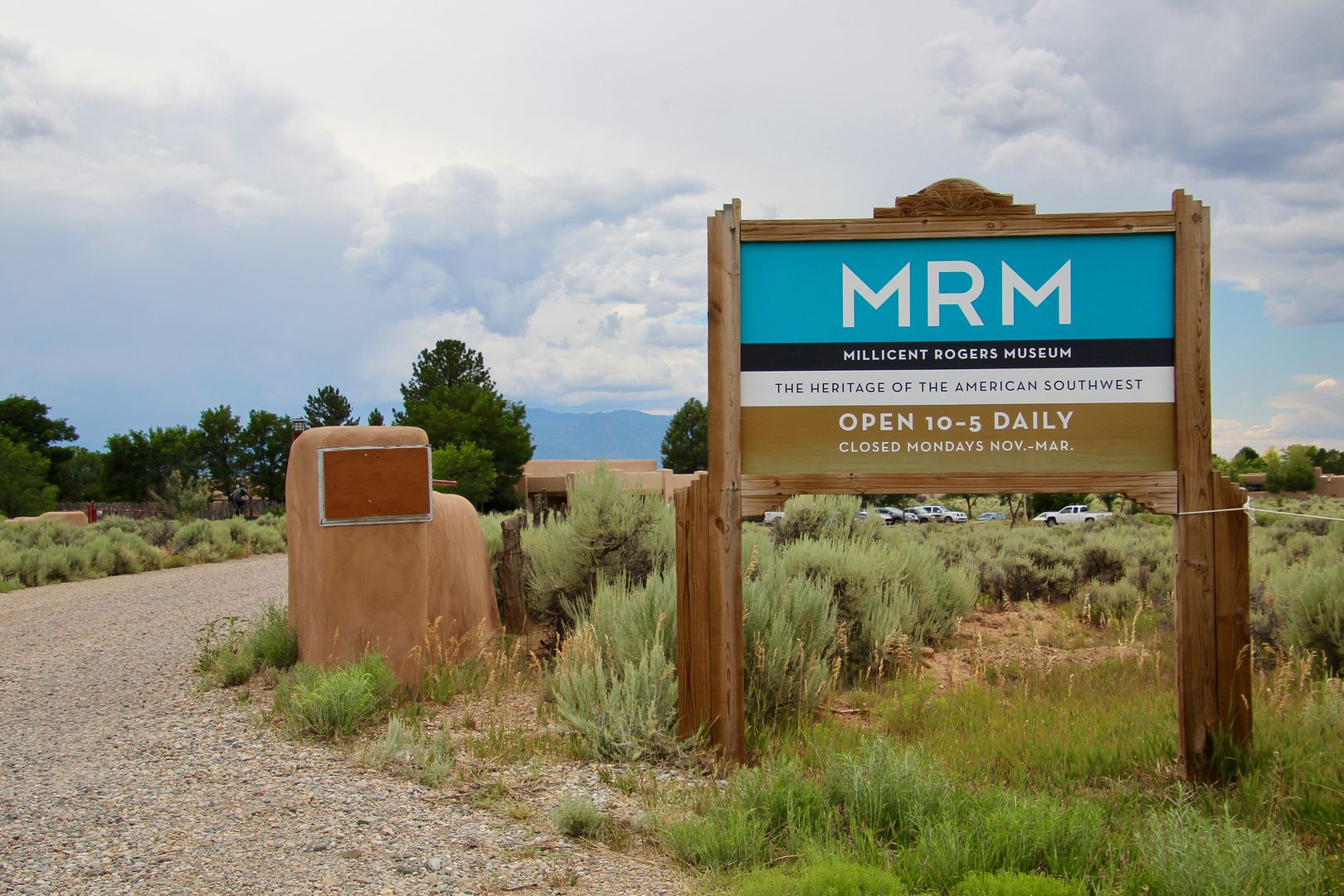
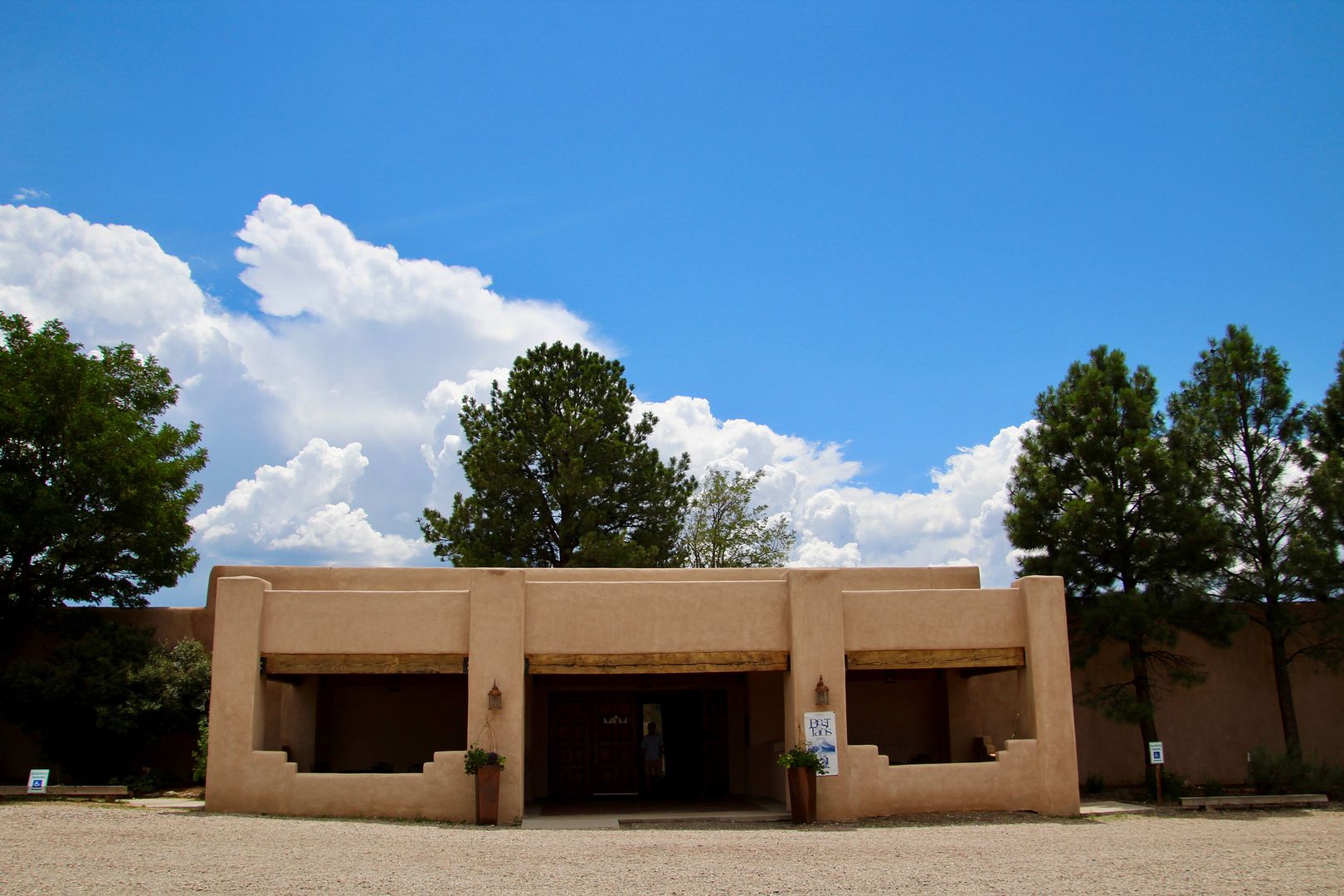
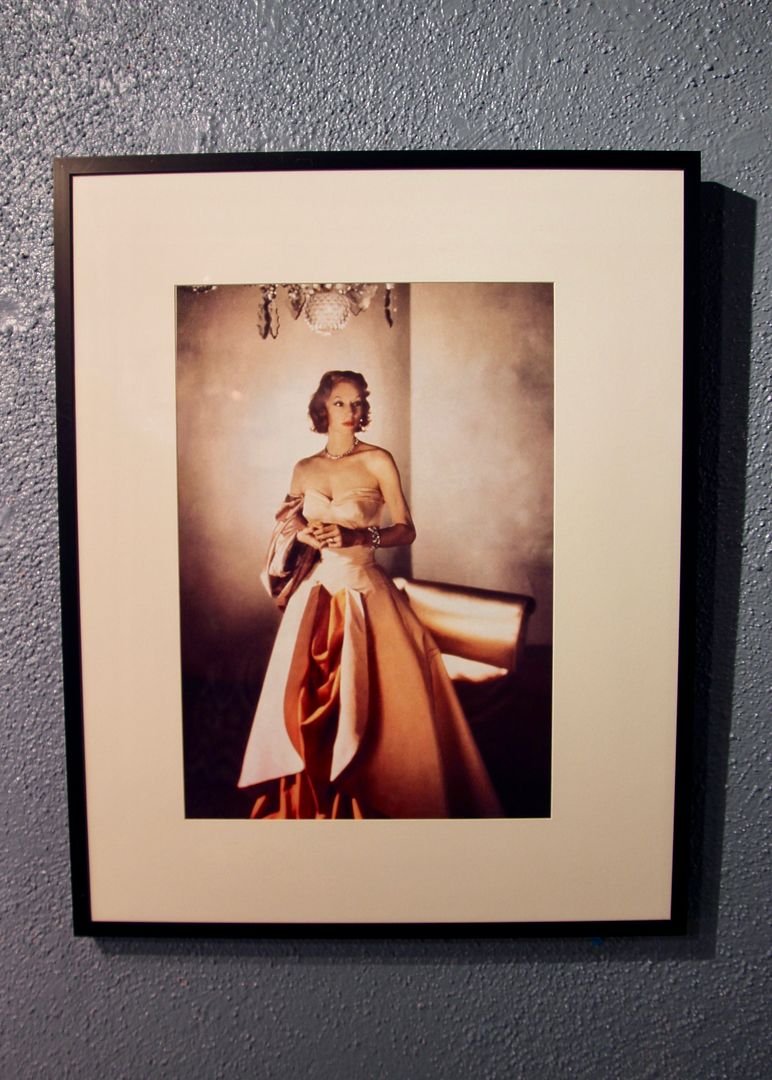

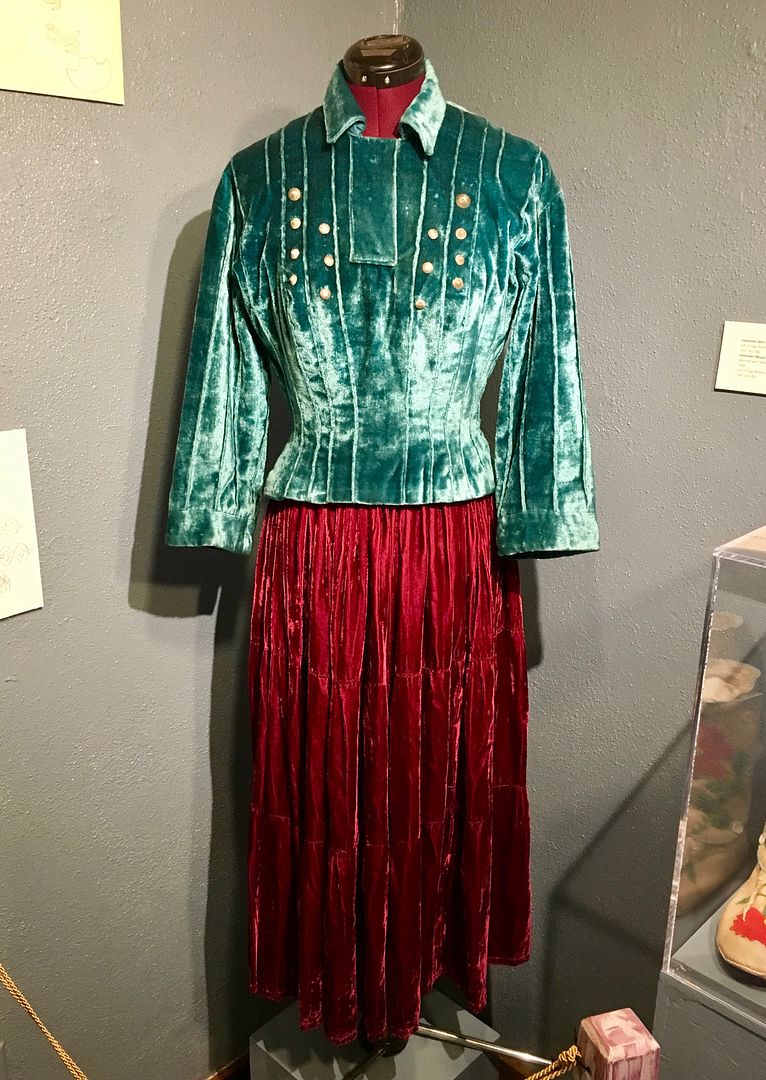
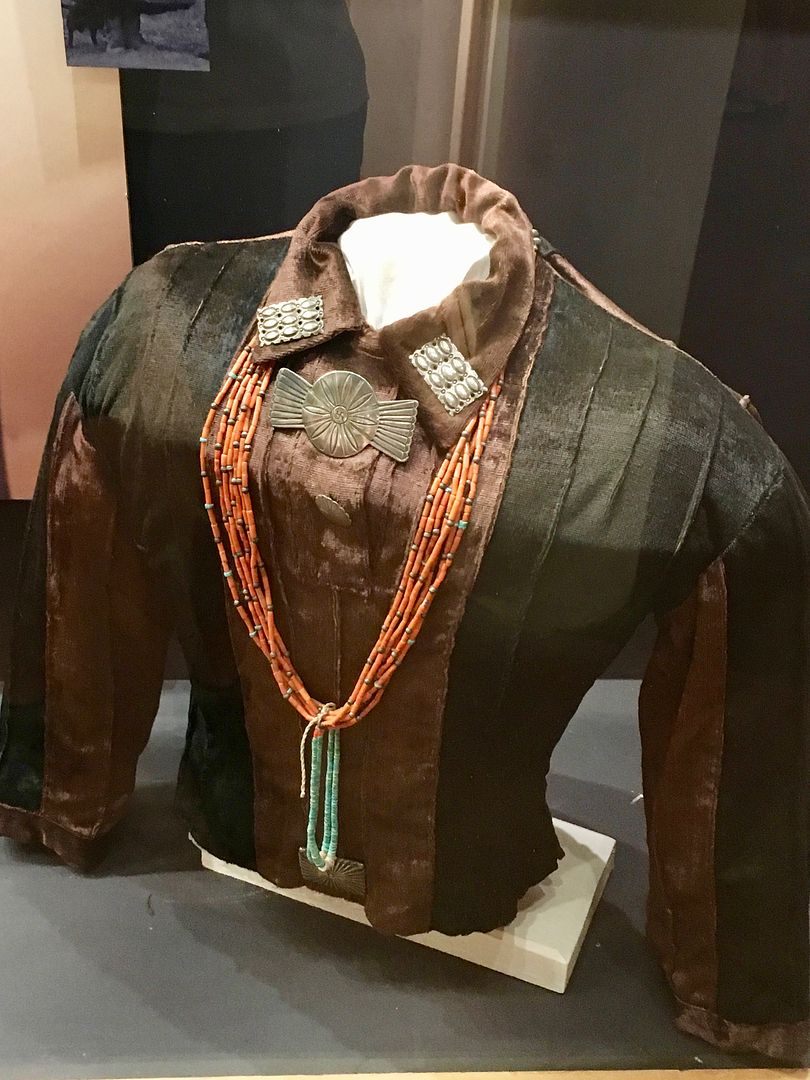
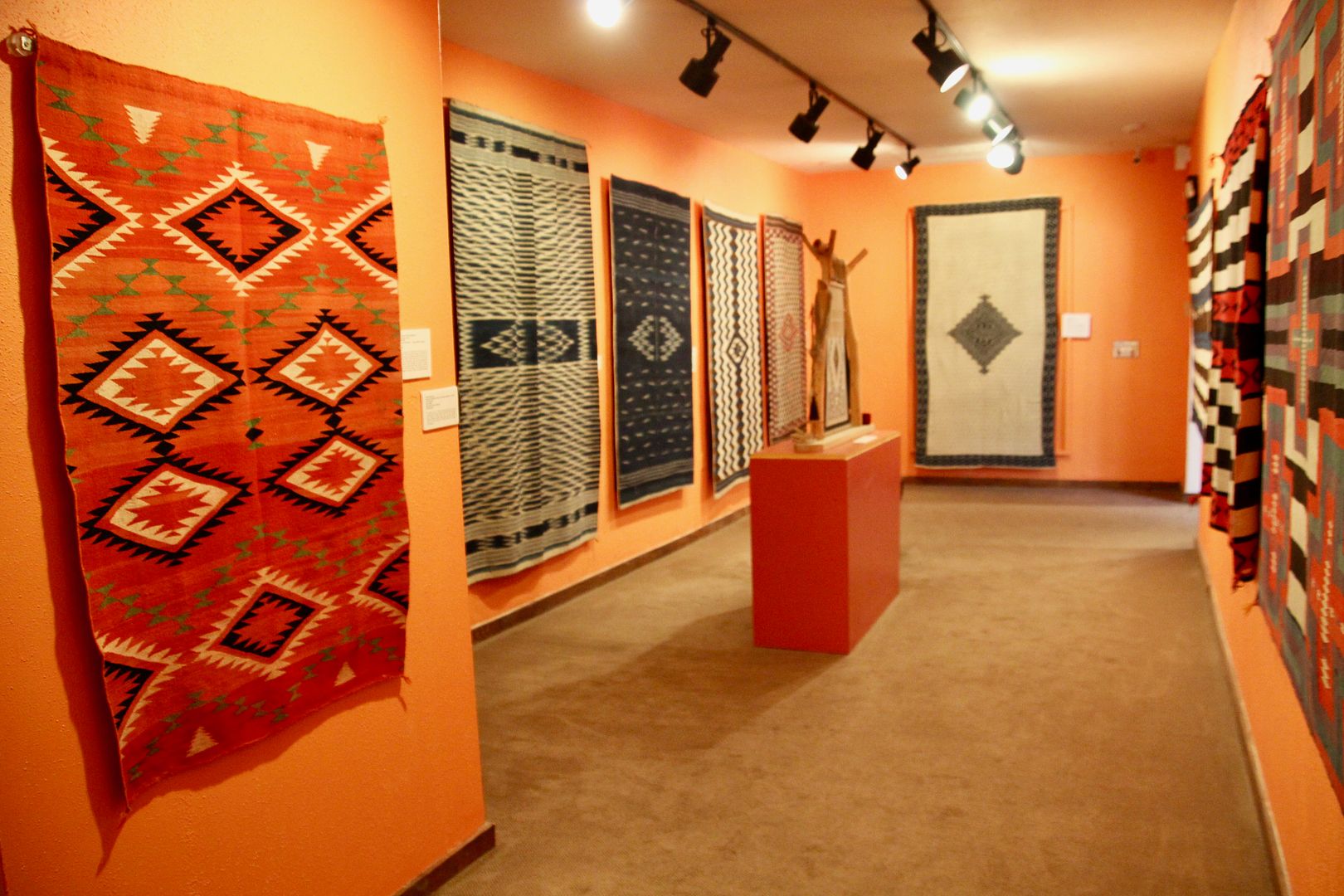
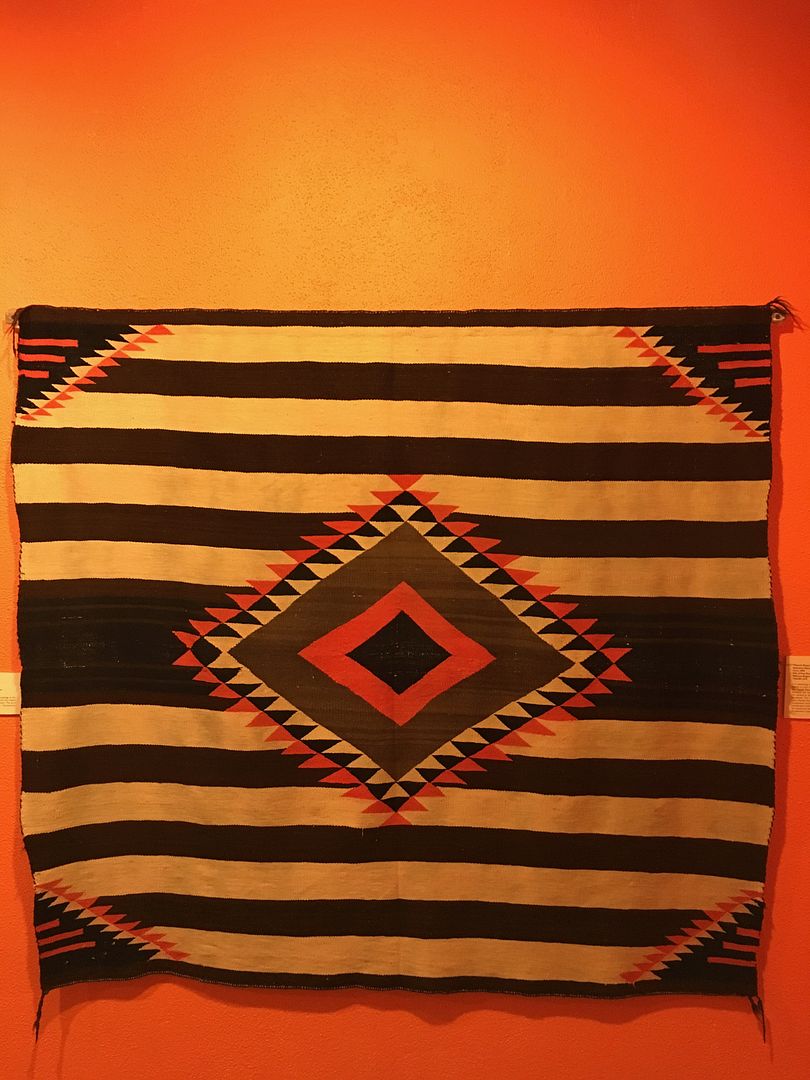
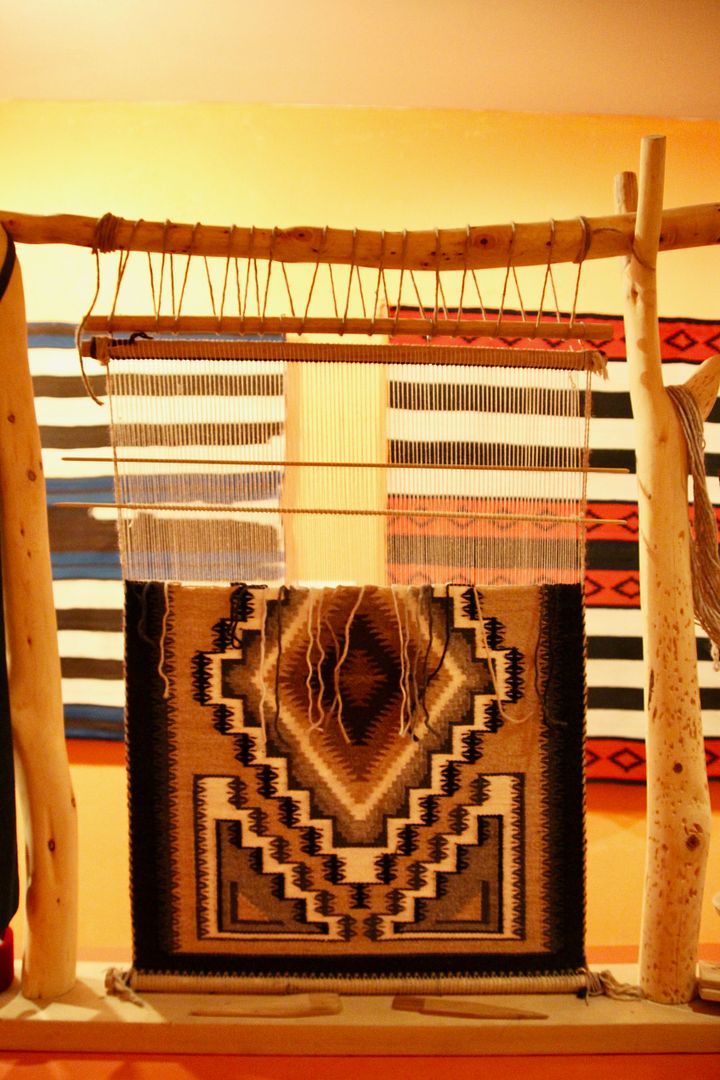

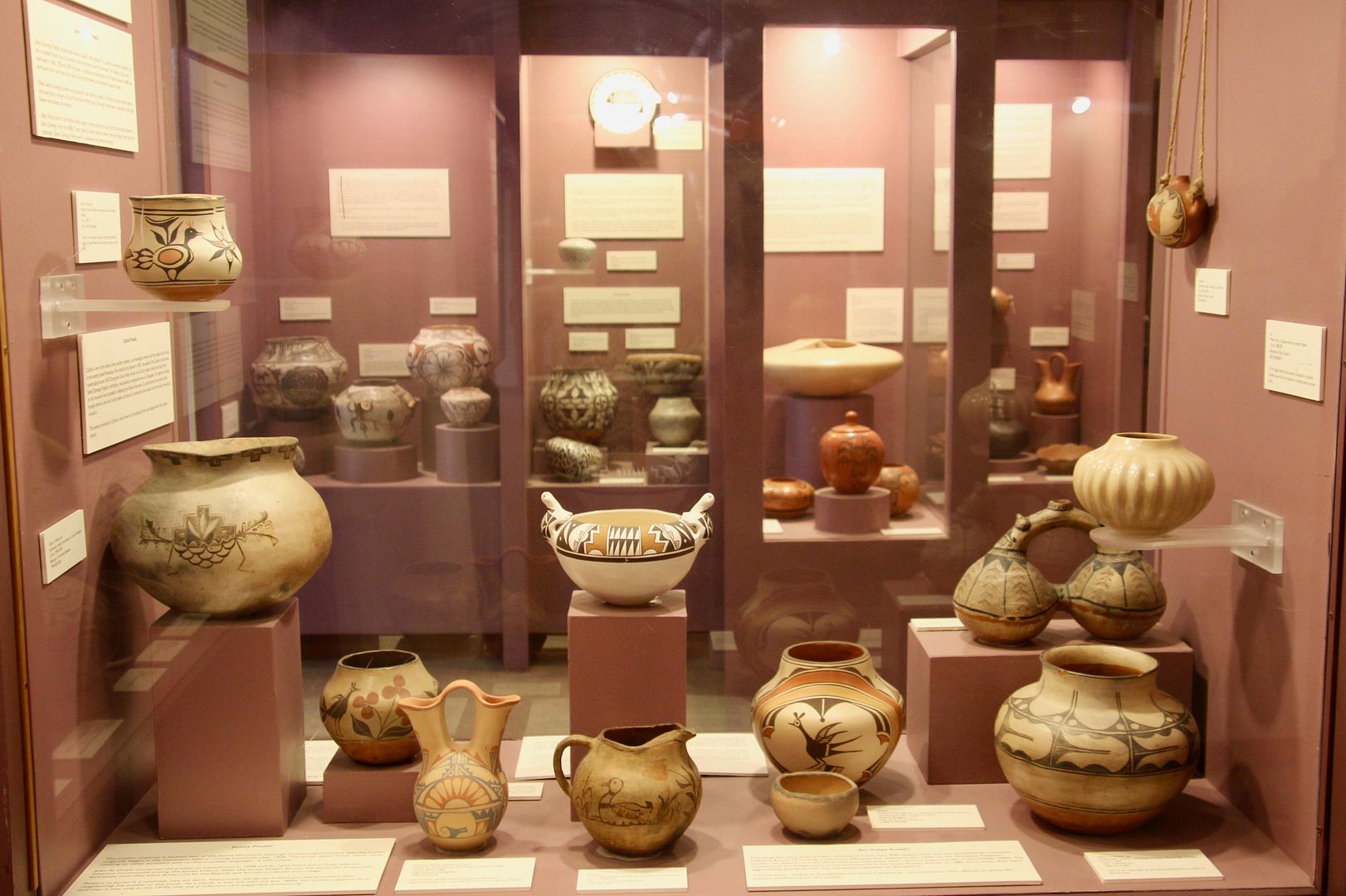
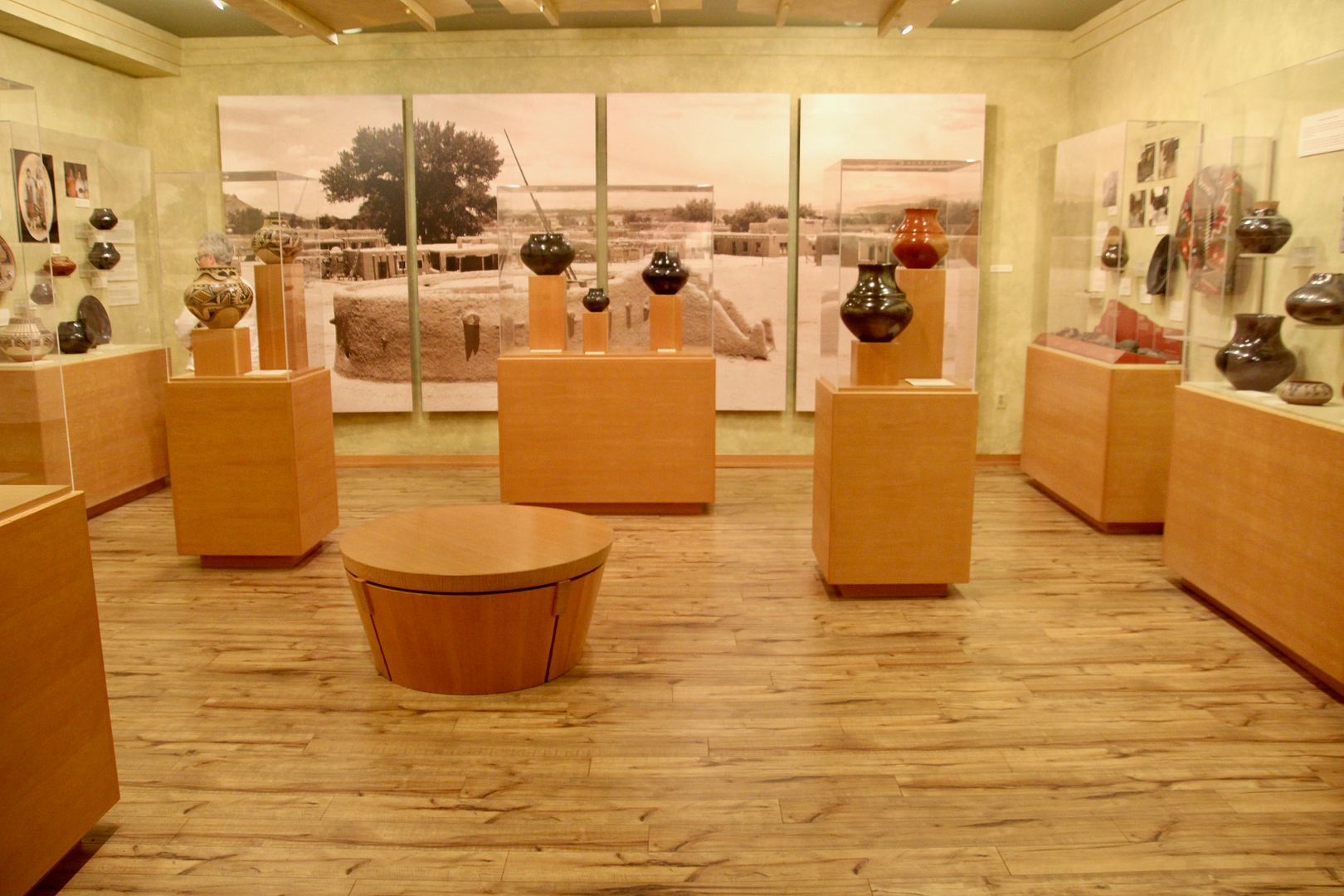
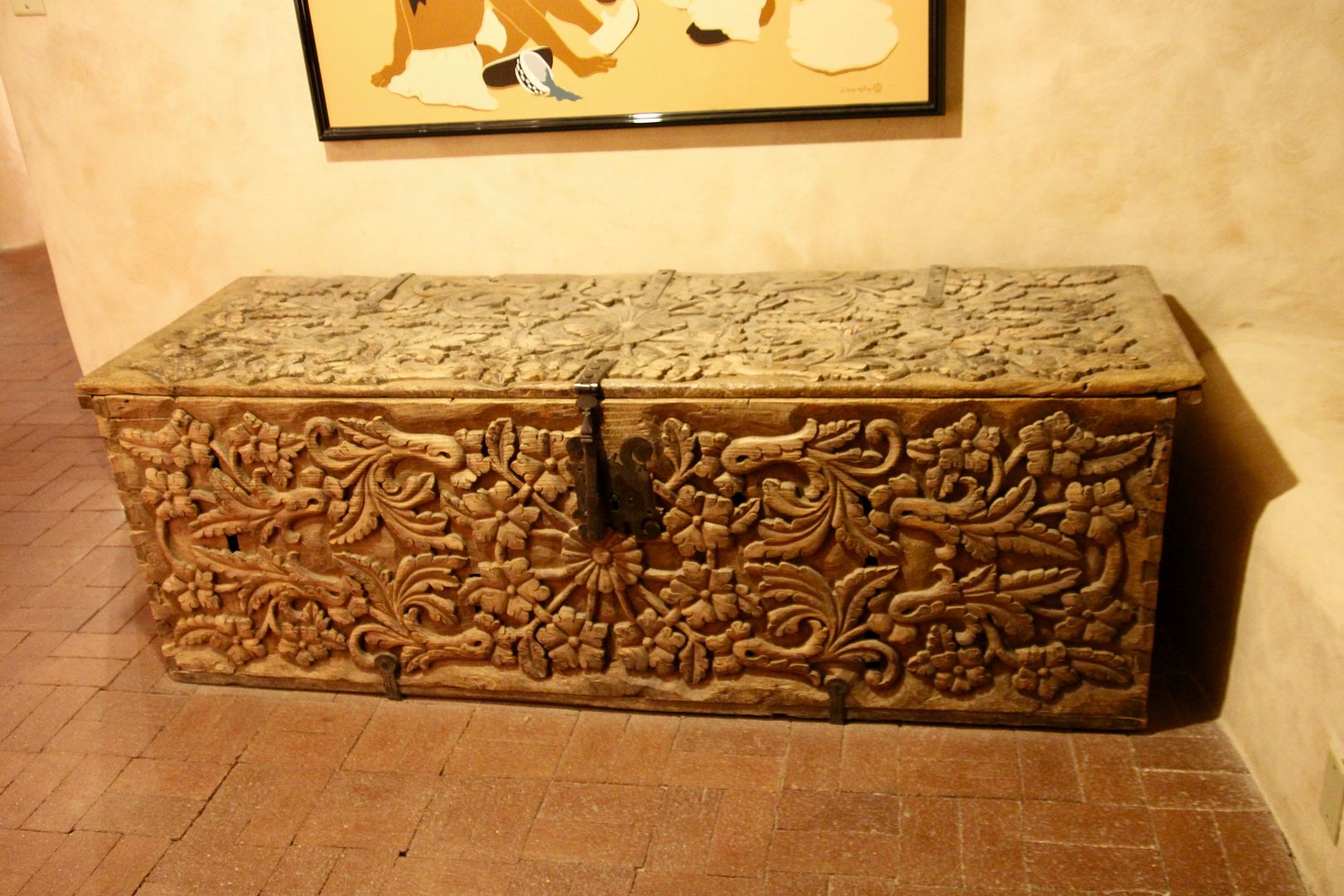
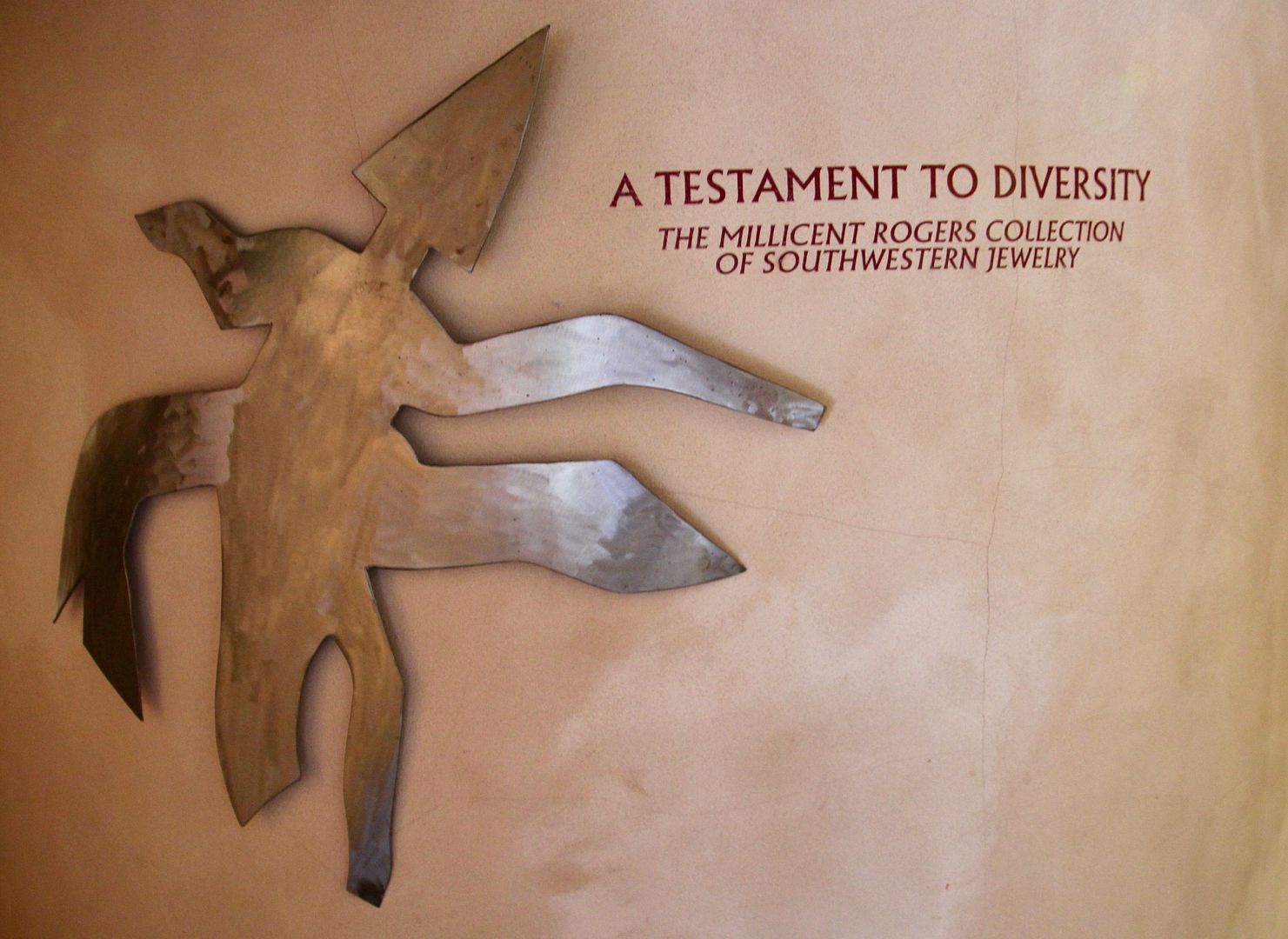
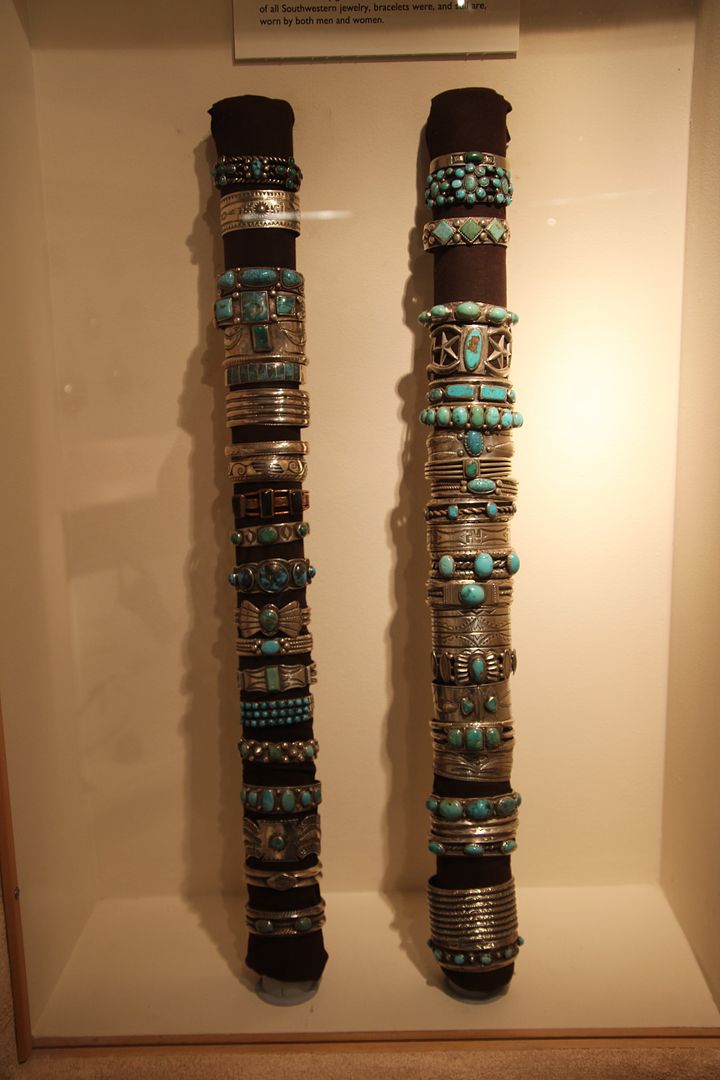
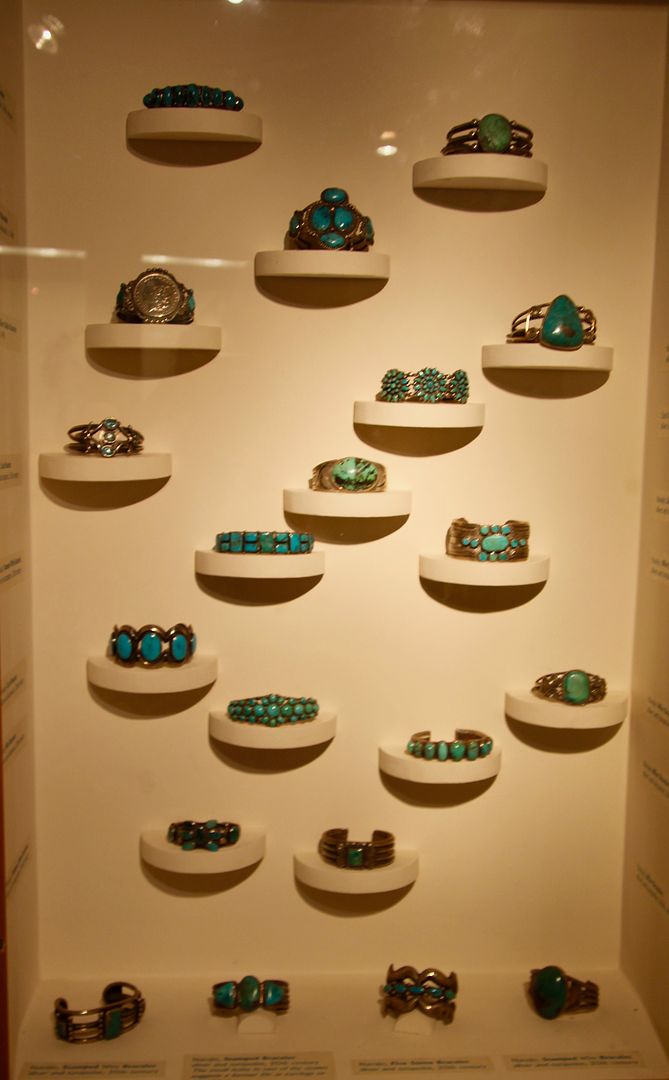
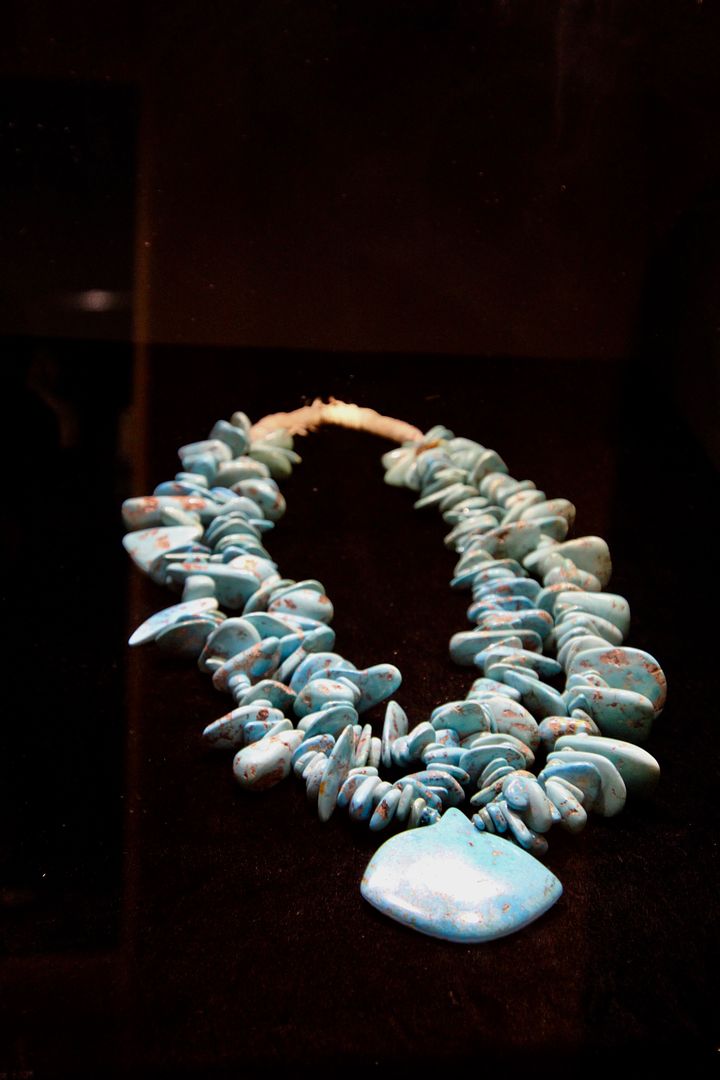
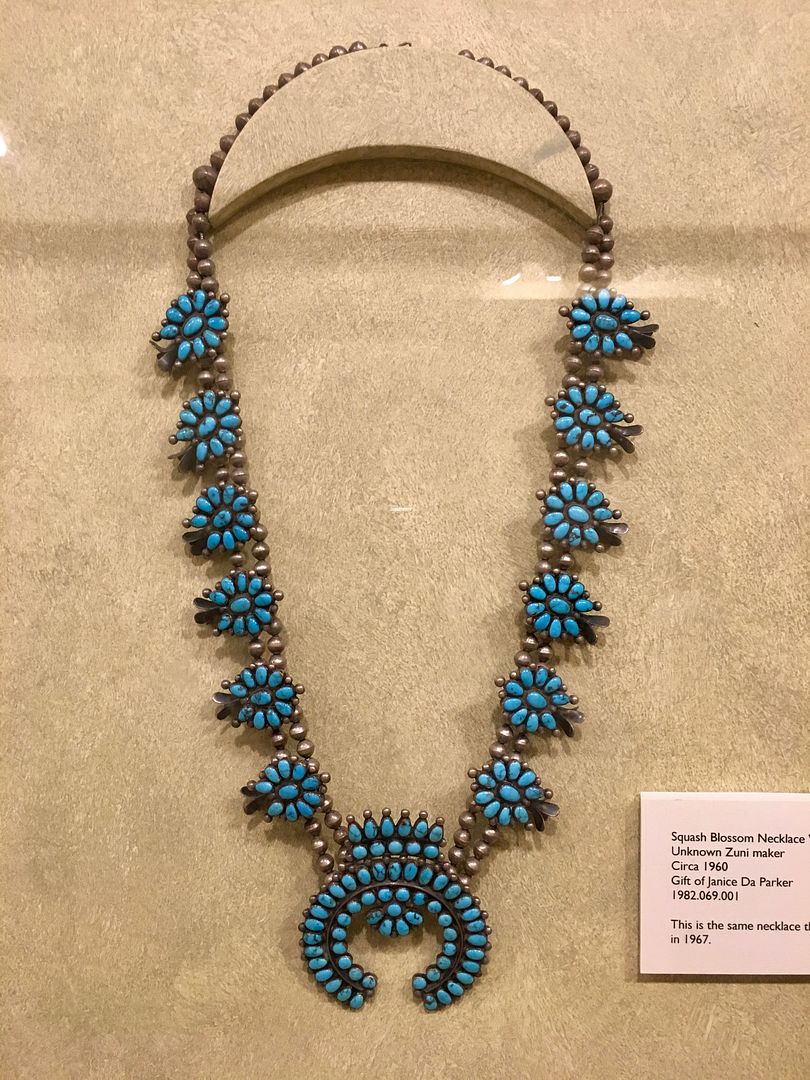
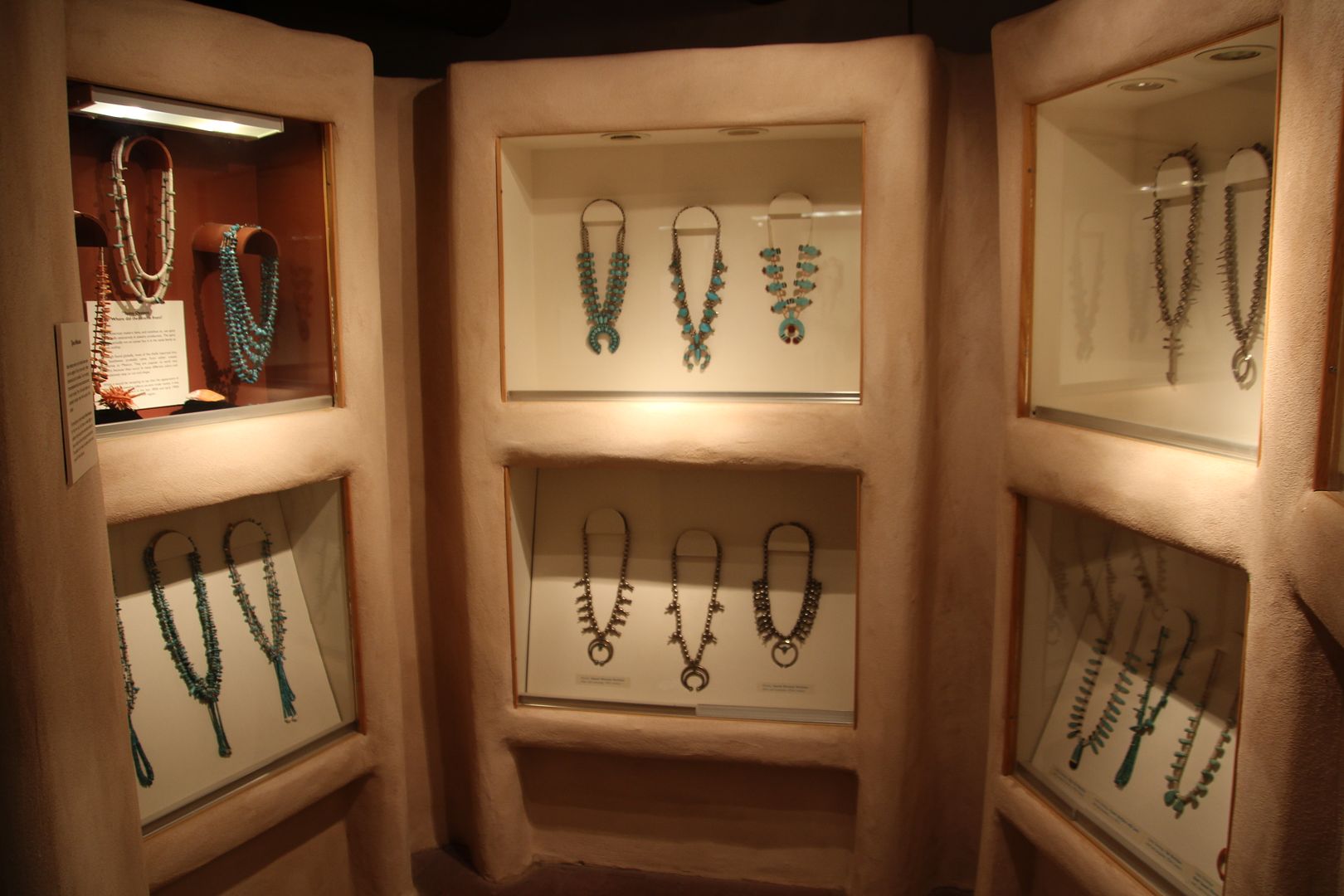
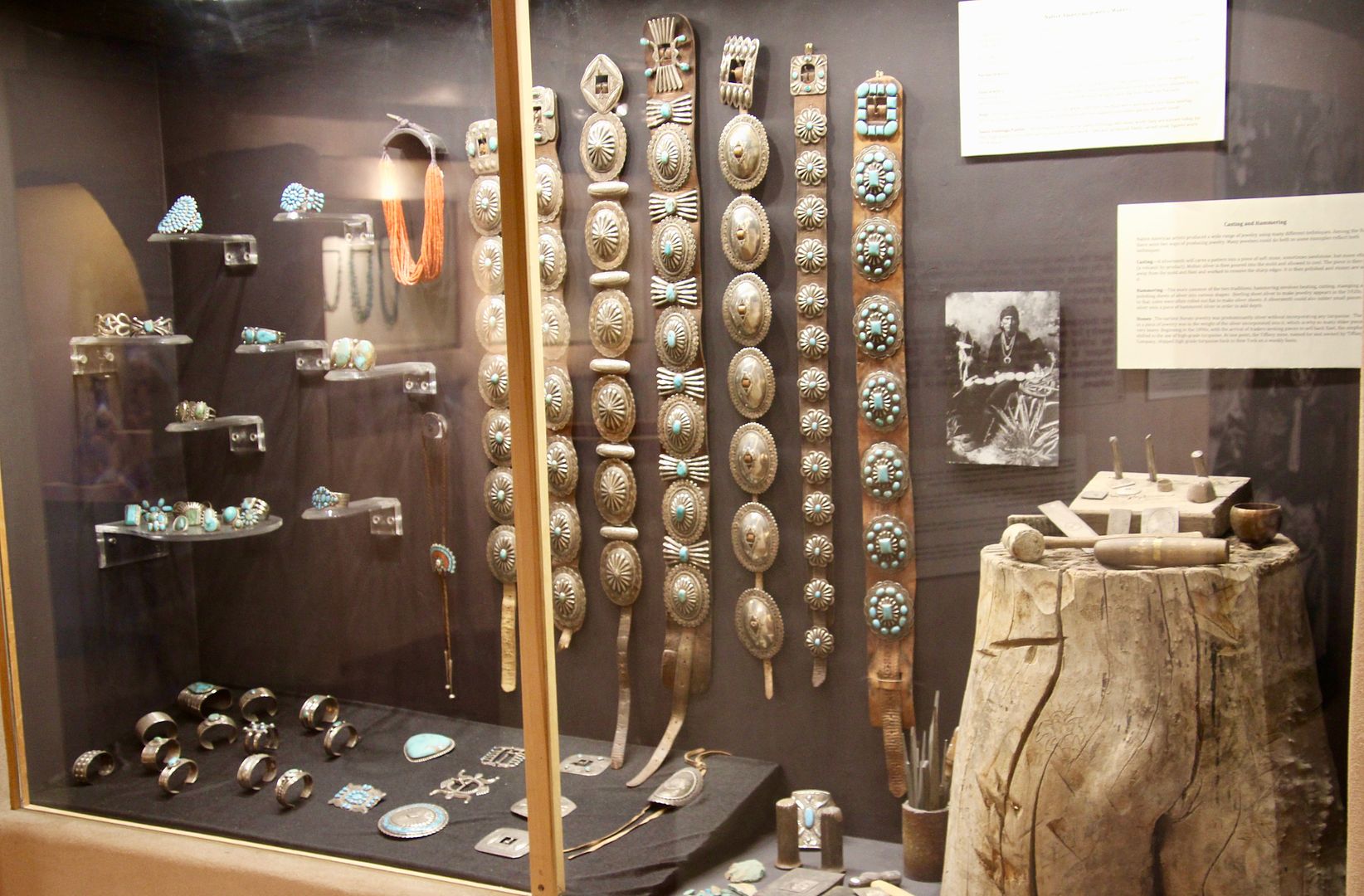
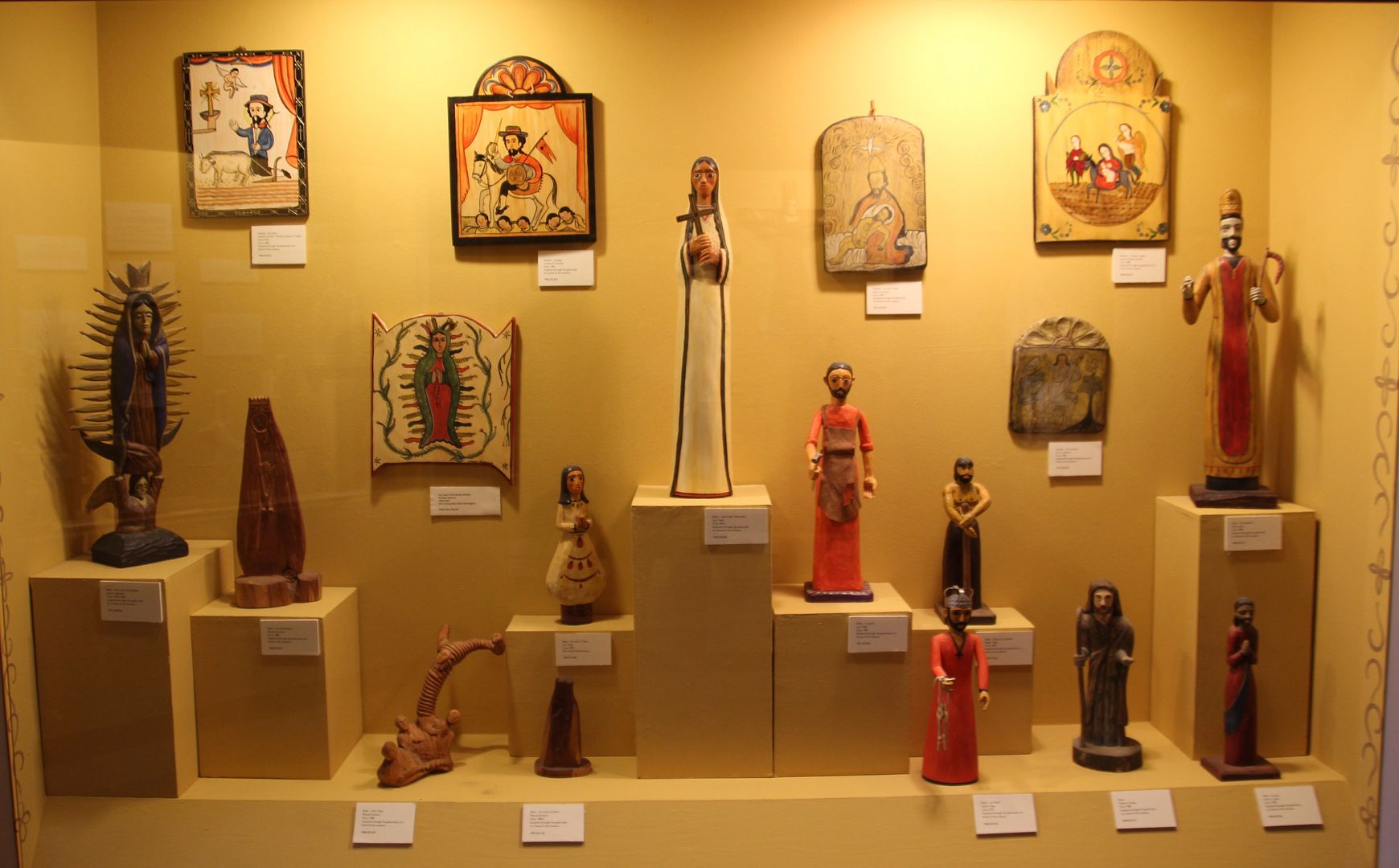
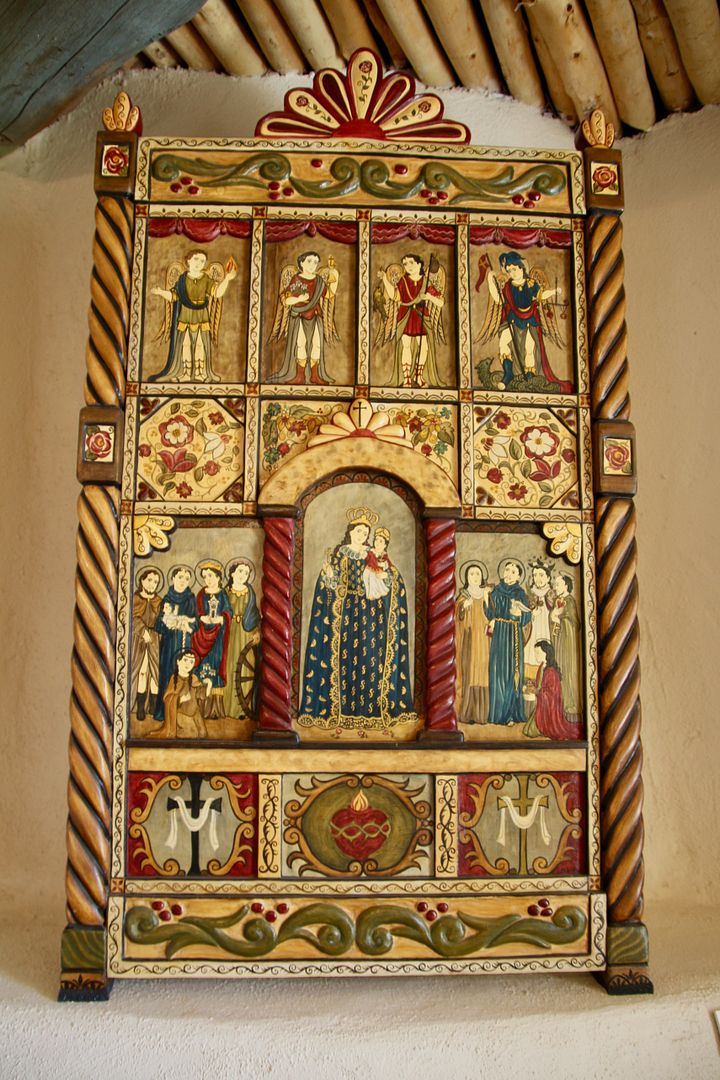
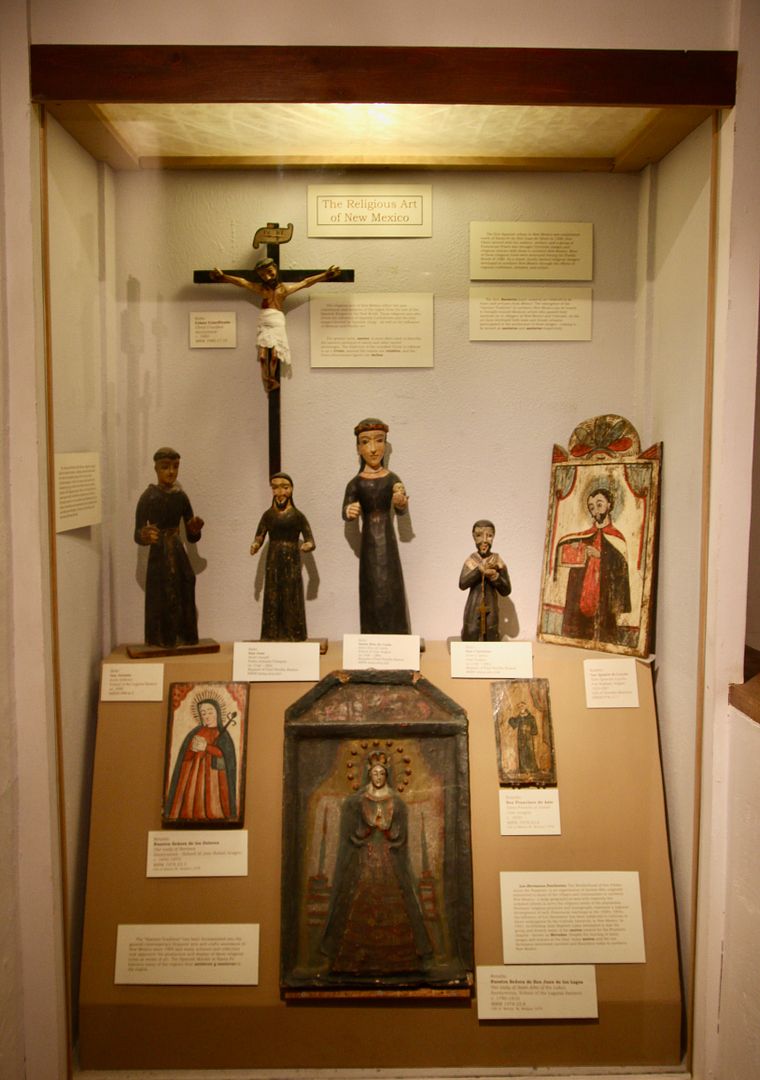
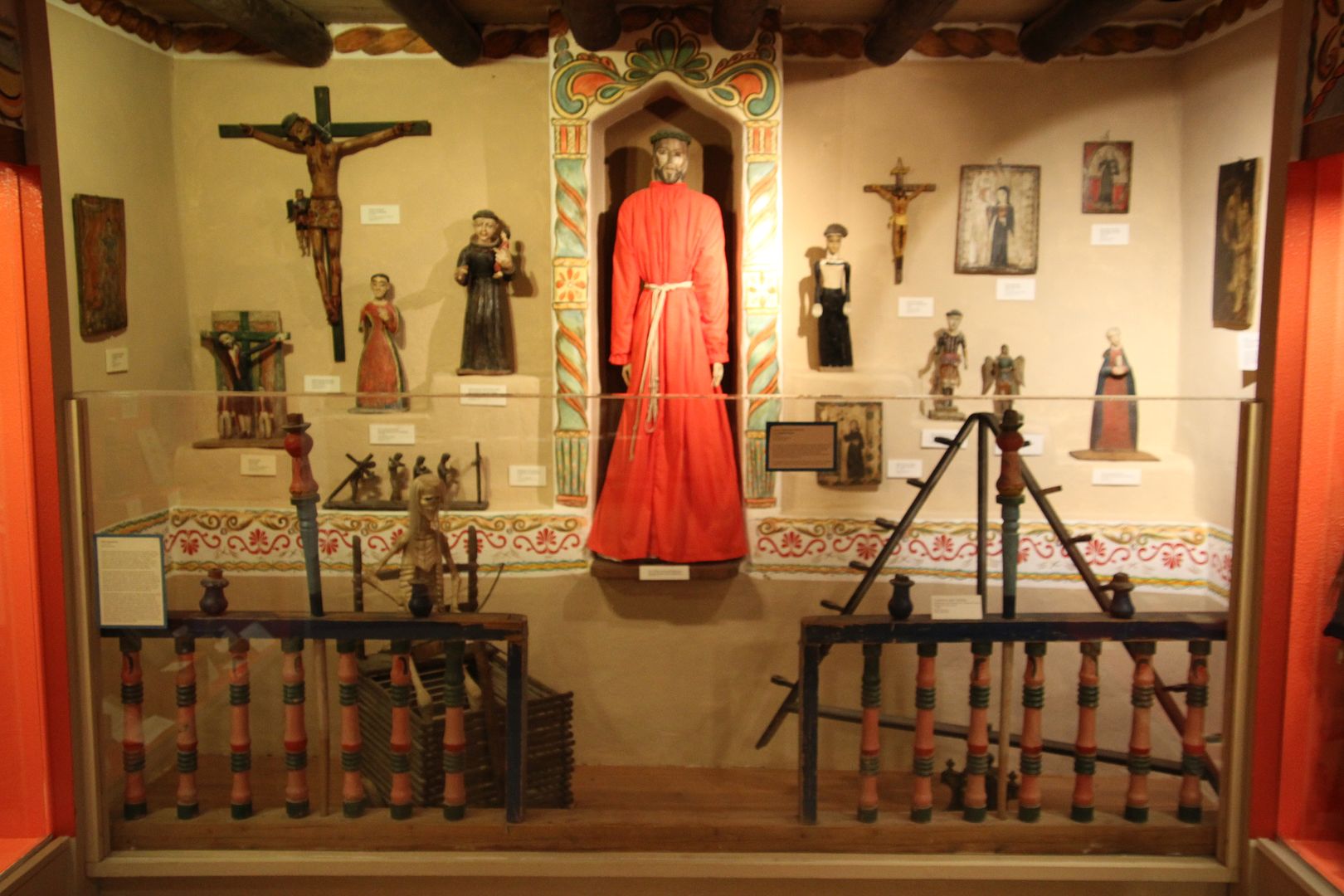
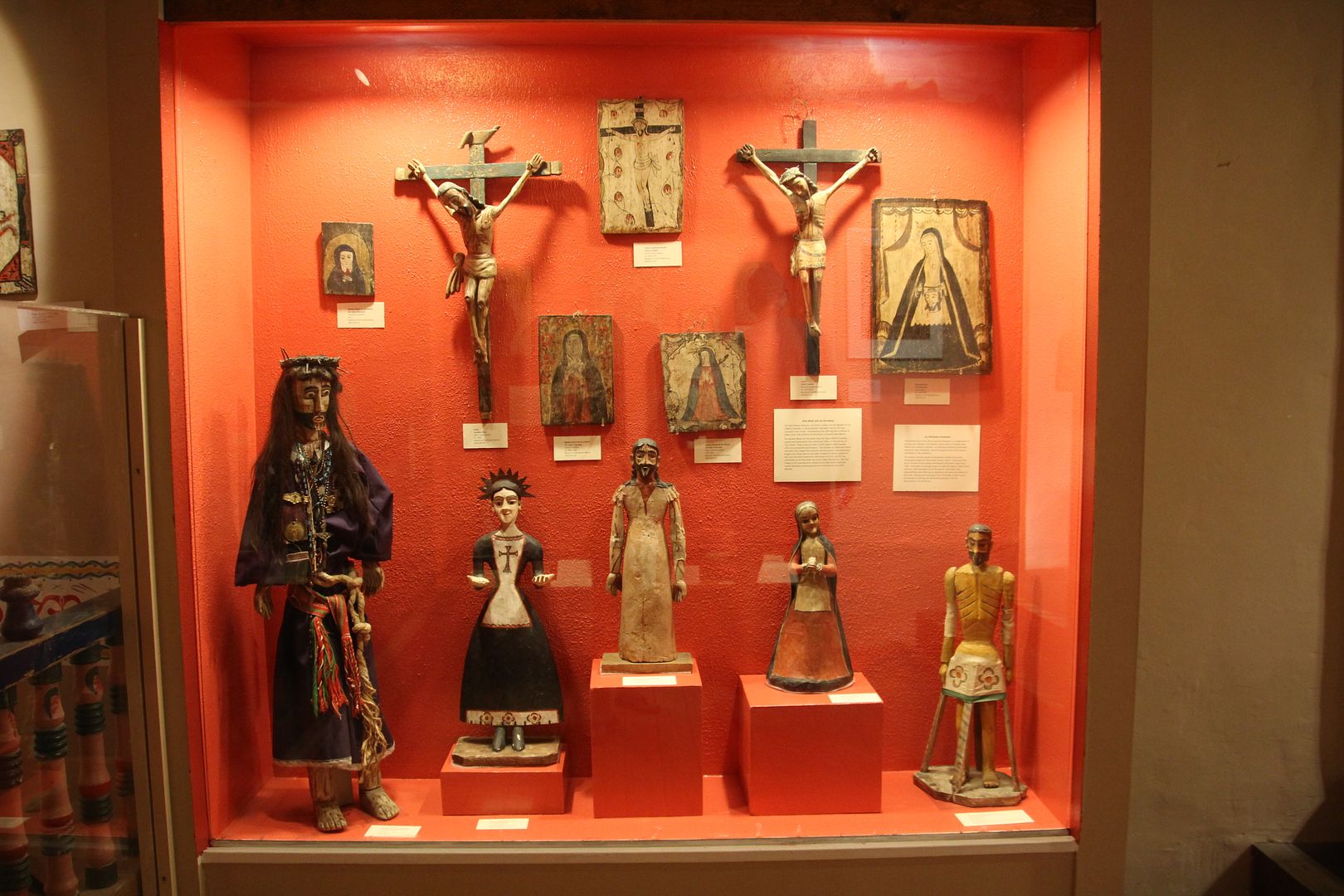
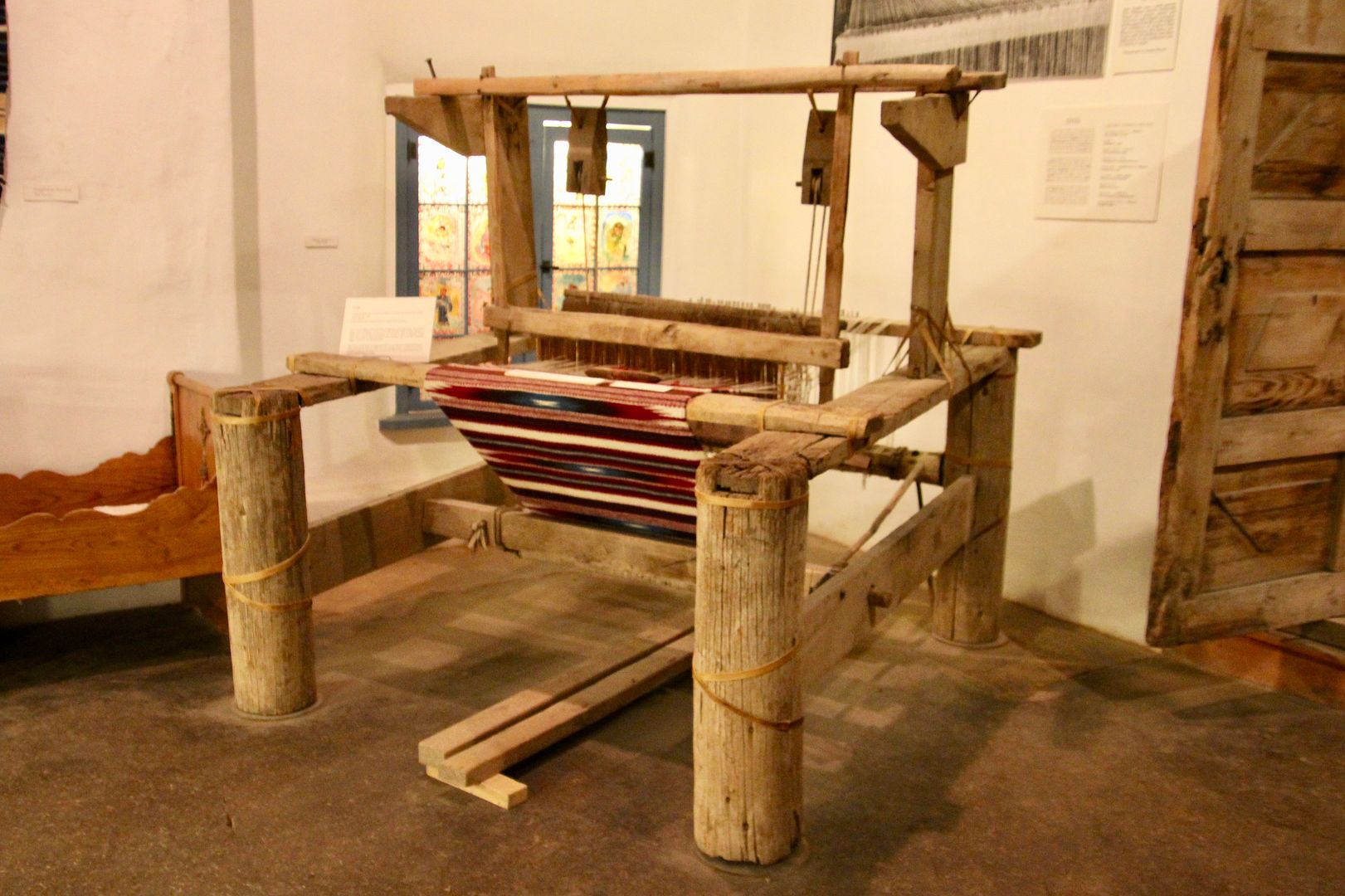
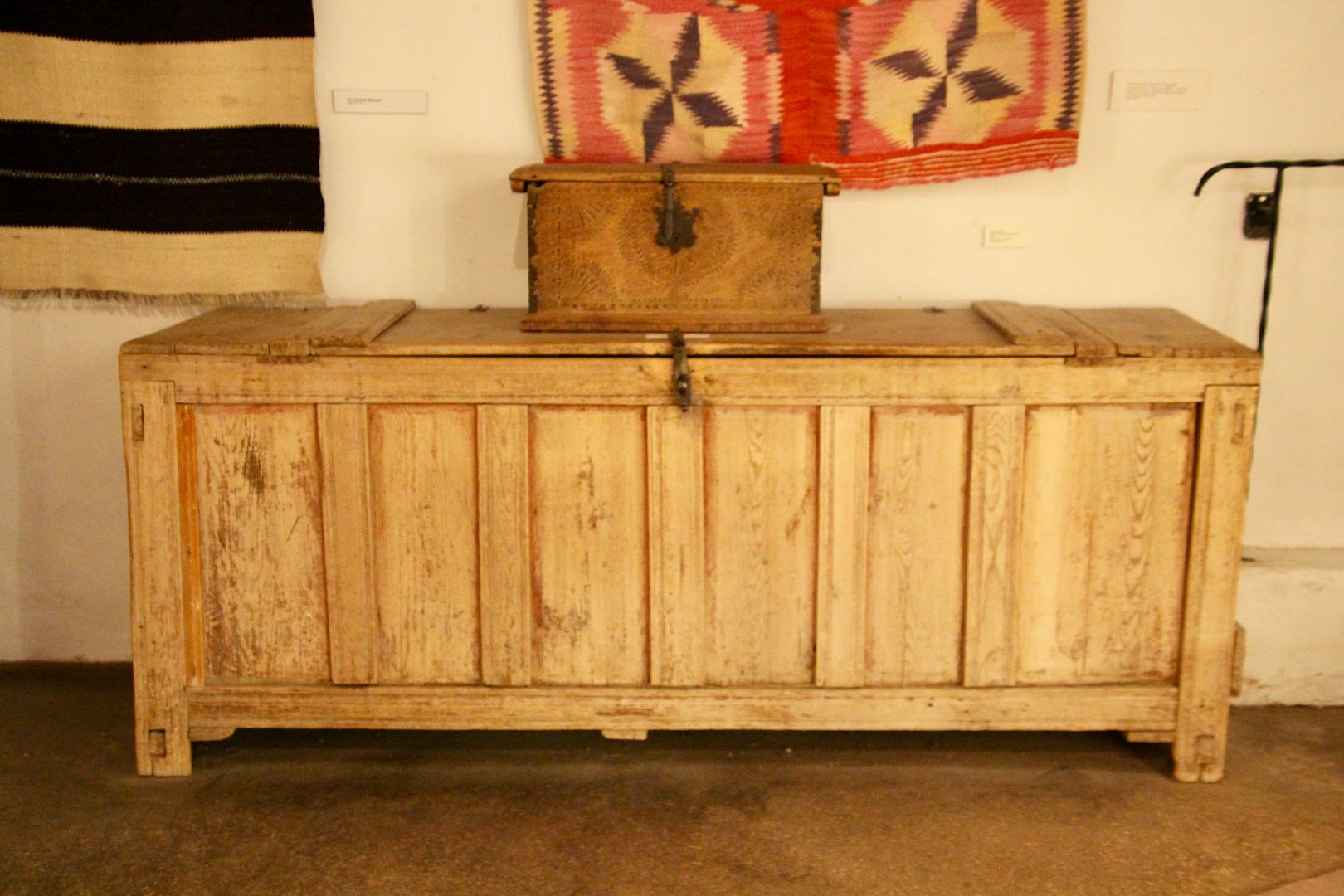


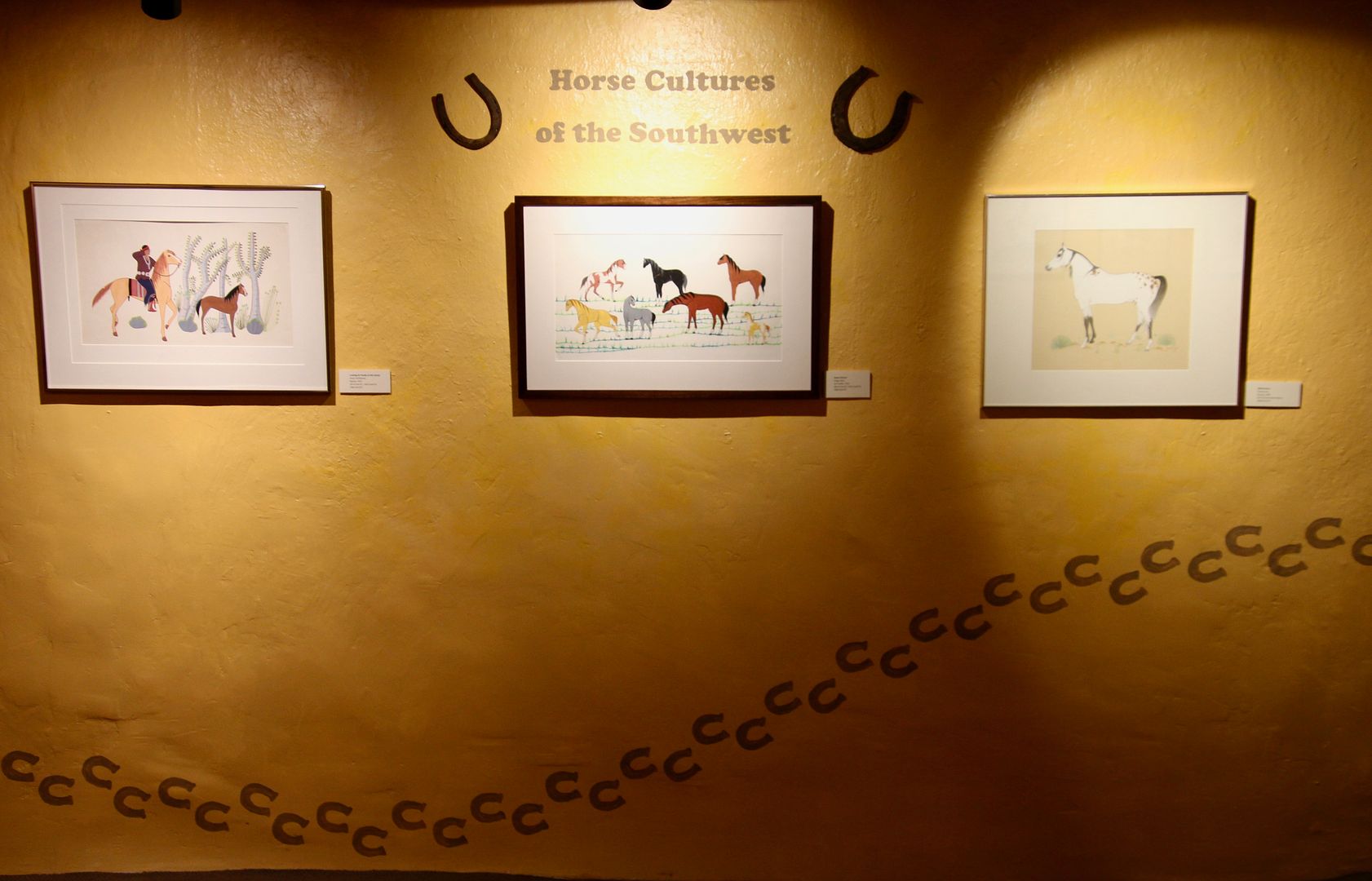
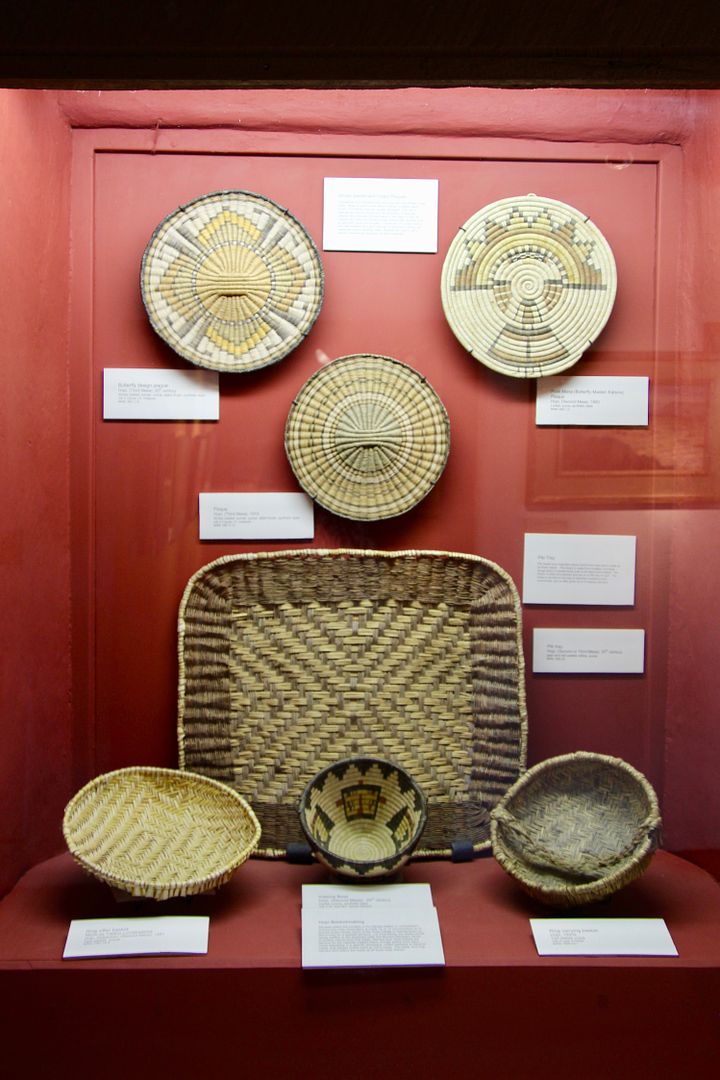
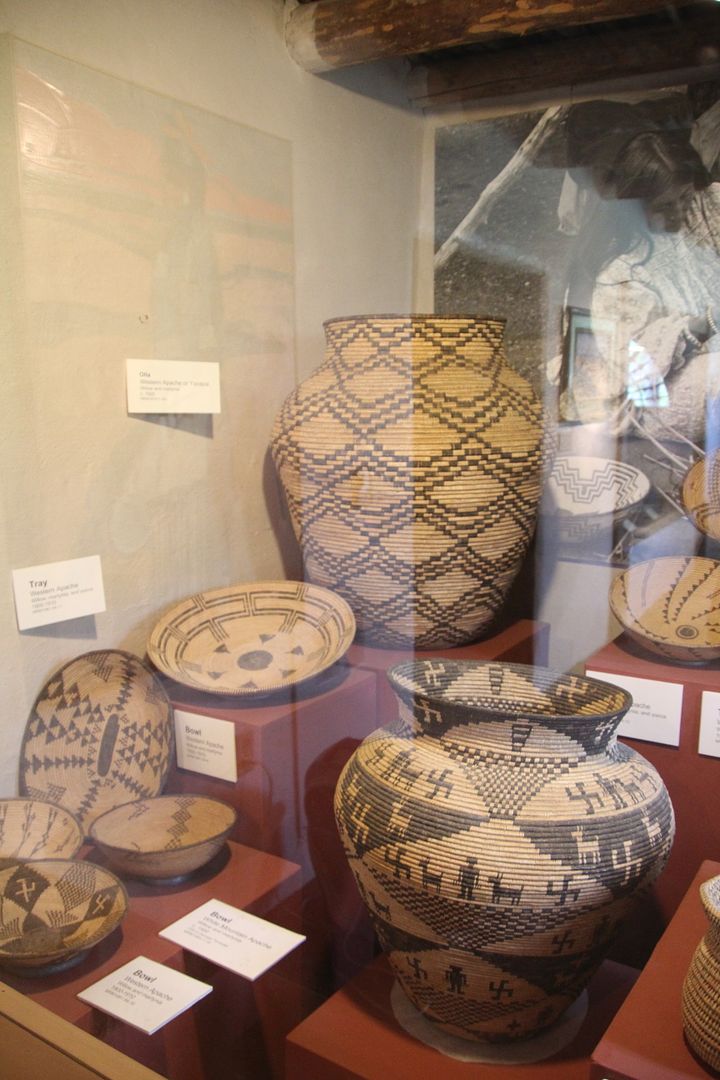
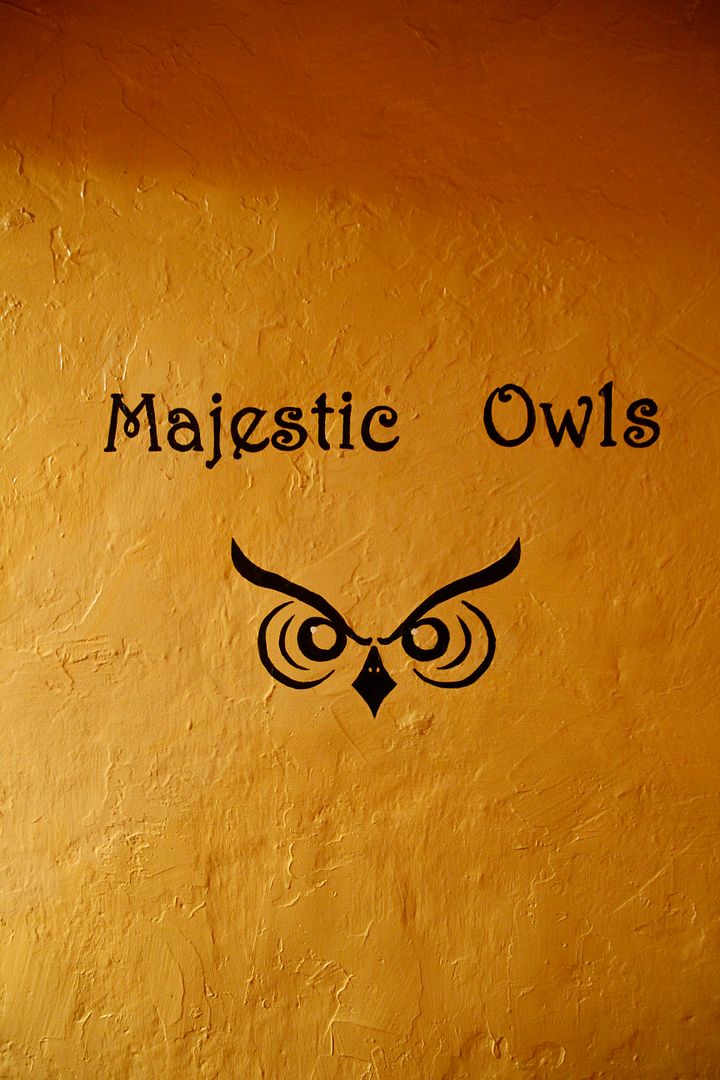
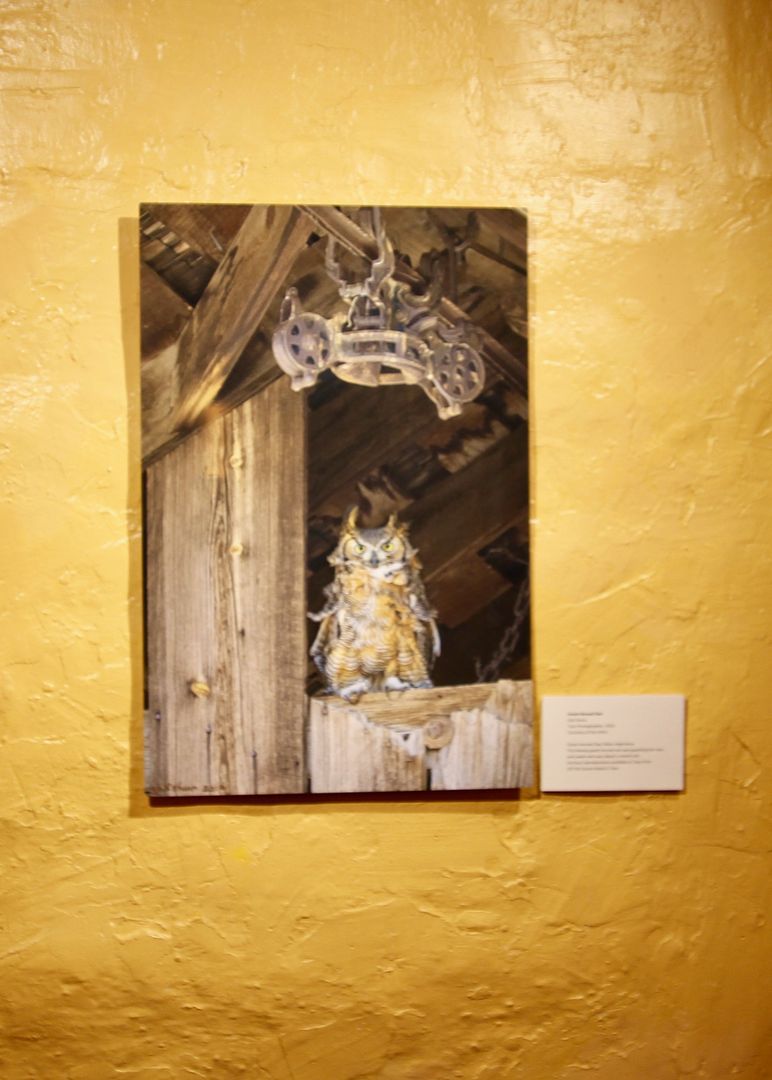

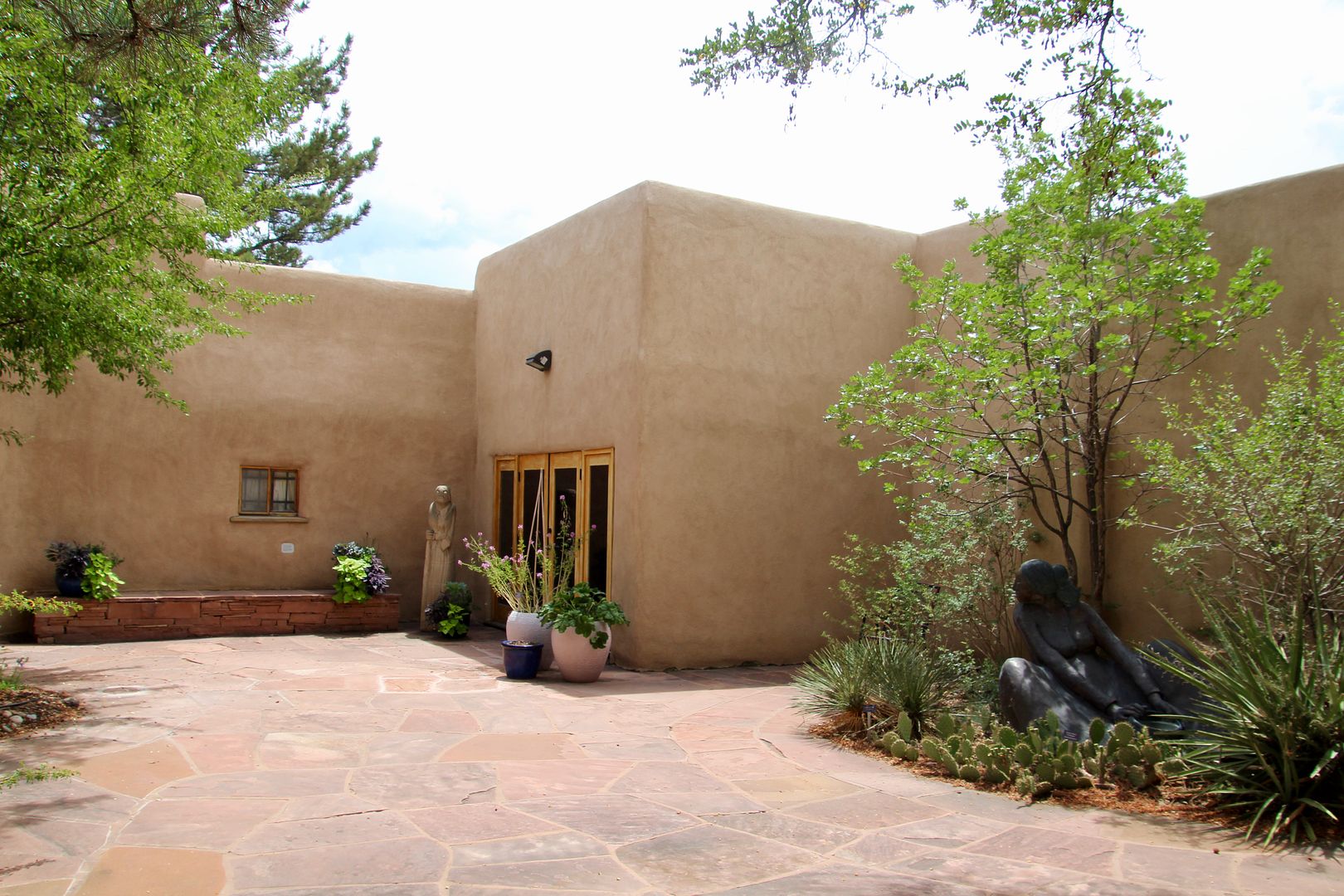

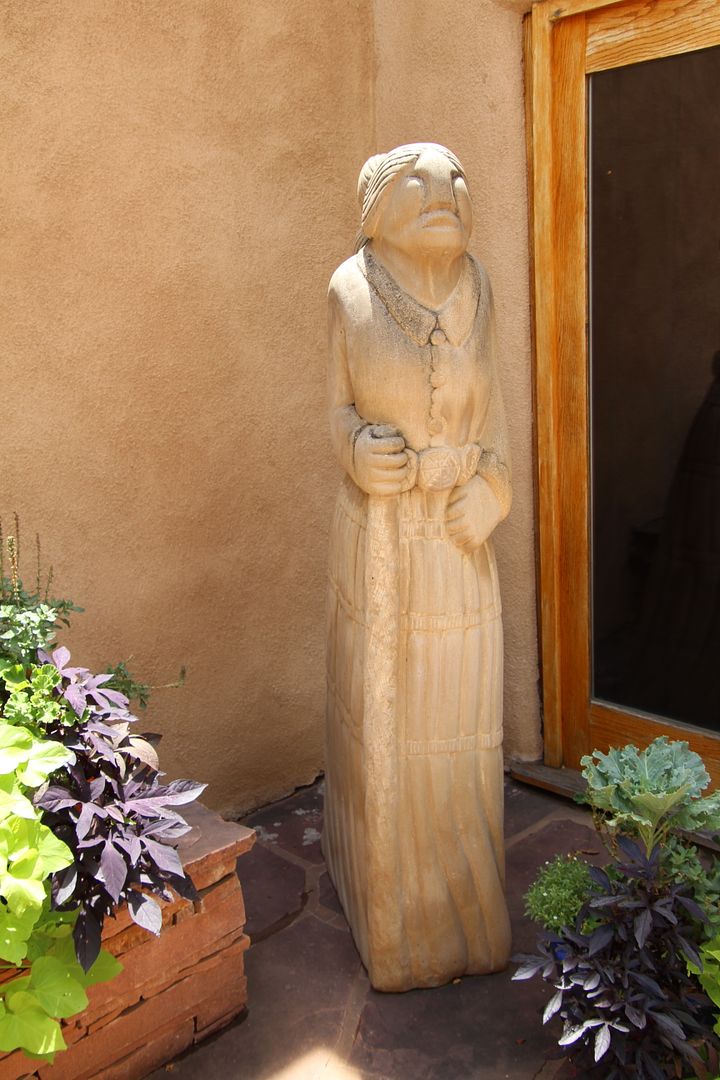
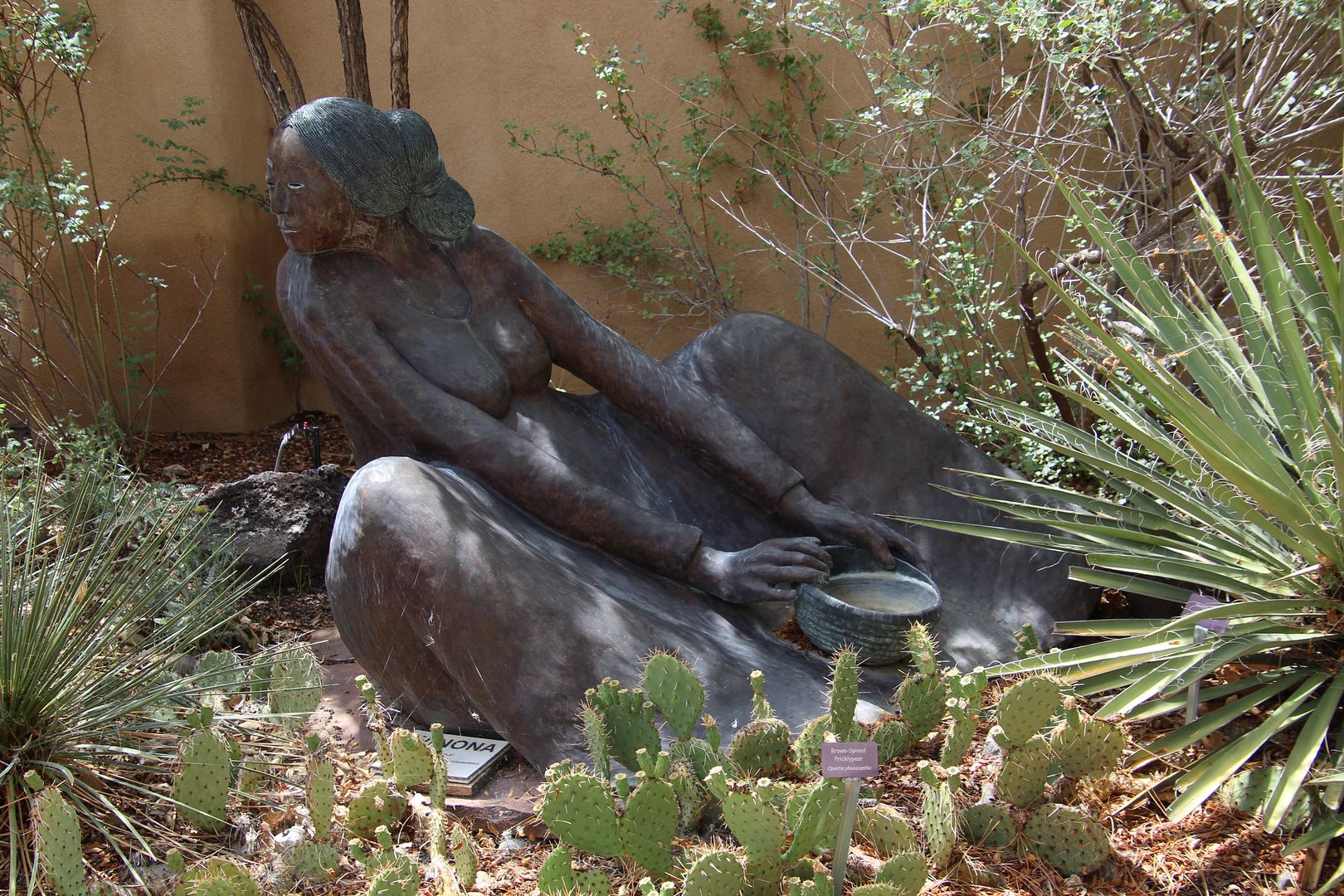
No comments:
Post a Comment